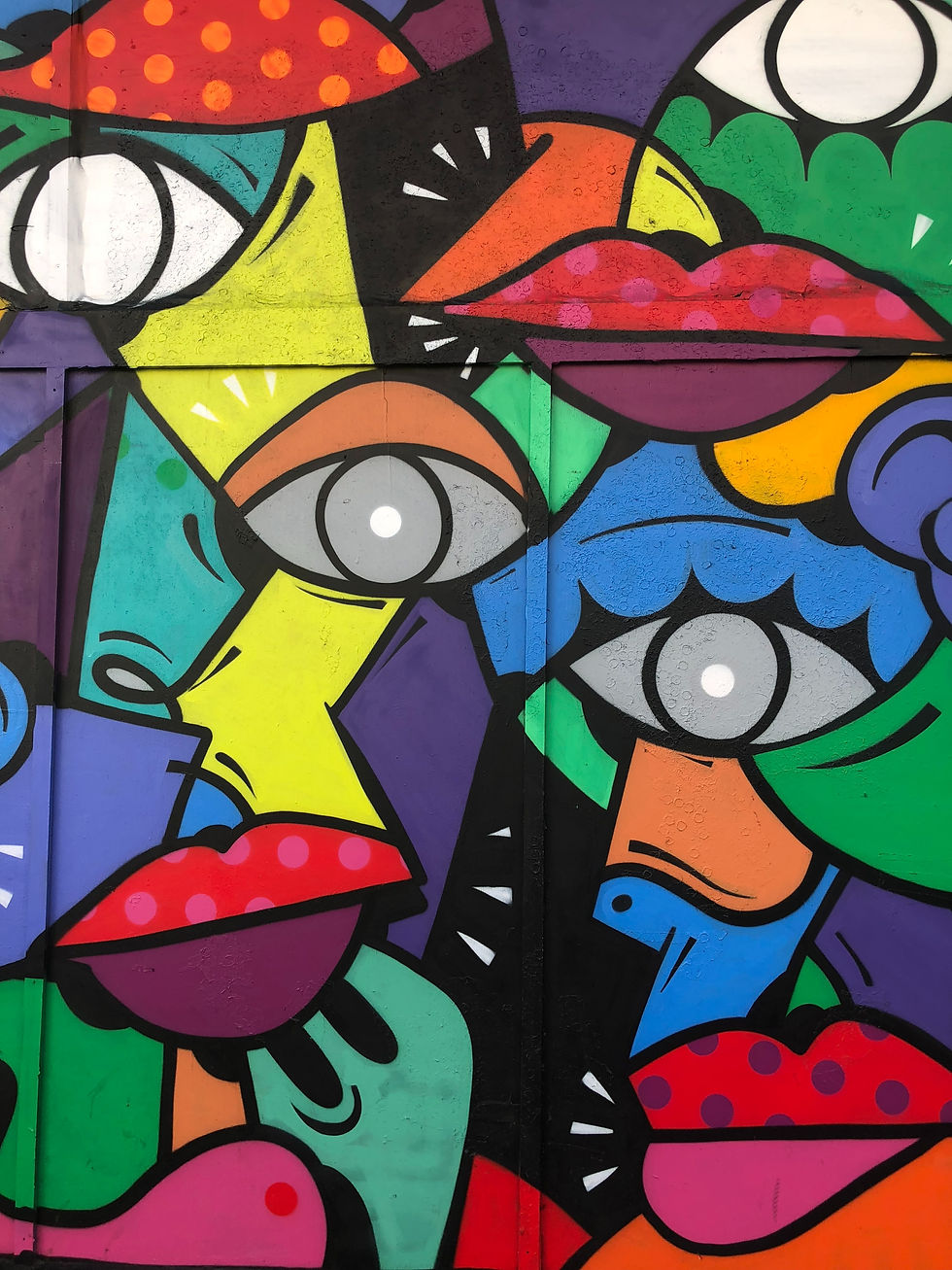Growing creative capacity in stages
- Daniel Engelberg
- Dec 13, 2020
- 3 min read

In my teens I had a traumatic experience with creativity that marked me for life, and drove me to learn about how creativity develops.
I really wanted to learn improvisational jazz guitar the way my heroes played. I was lucky to find a guitar tutor who played jazz, so I started learning with him with great excitement.
My tutor’s attitude about improvisation was pretty relaxed. I already knew the basics of guitar playing, so he just threw me into the deep end with a new song and asked me to improvise in a duet with him. To be fair, he gave me the sheet music and a week to prepare.
I fully expected magic to come out of my fingers. Instead it was a sweaty, discordant, stop-and-go nightmare. We continued like this for a few lessons, but it was just too far a stretch for me and I soon abandoned the lessons.
It took a long time to make sense of that experience. Why couldn’t I improvise? Was I untalented and uncreative? Was I incompetent? Unmotivated? I felt I had let my tutor down.
Years later, I learned that before you can improvise well in music, you need to master the physical technique of the instrument so well that it’s programmed as a spinal reflex. You need to know scales and chords so well that you don’t even think about them when you’re playing. And it helps to know a bunch of music theory. I wasn’t even close to that level when I took my improvisation lessons.
This new understanding drove home for me that capacity evolves in stages, and that creativity might be a more advanced stage. We can’t advance effectively to greater capacity until we’ve mastered prior building-block skills in the previous stage. Once we have mastered the previous skills, the next stage unfolds easily.
Once I understood this, the next logical questions were, What are the stages of capacity? How does creative capacity grow?
Starting in my 20’s, I spent three decades seeking the answers to these questions. Insights came from many different fields: Creativity, psychology, neuropsychology, design methodology, music, the human potential movement, martial arts, mystic traditions. I also learned a lot from physics -- including entropy, chaos theory, annealing -- and the new sciences of network theory and self-organizing systems.
These ideas came together for me in what I call the Creative Capacity Roadmap™. In knowledge work, the natural sequence of creative capacity development is:
Trial and error
Fixed skills (standard best-practice skills)
Creativity
Creative insight
Advanced thinking
Wisdom
Skillful improvisation
Leadership
The stages build on each other logically and neuropsychologically in this sequence. Any of these skills can be learned at any time, but they develop most strongly and easily in this natural sequence.
In standard methodology training for careers, there are lots of missed opportunities related to these stages of capacity development. Standard professional training doesn’t recognize how we need to develop in stages, and it skips key pragmatic skills for advancement.
Missing the right elements, professionals can get stuck in low to medium stages of capacity even after many years of experience. This creates a feeling of career stagnation that motivates professionals to switch jobs, when what they really need for growth is creative capacity development.
My training program in Advanced Applied Thinking fills in the missing pieces for practitioners to advance in industry and deliver better solutions, across a wide range of fields that deal with complex challenges and innovation.
Over a period of months, I bring practitioners up by several levels of capacity. Students continue growing as a lifelong process with a roadmap to guide them, and with periodic boosts from more advanced seminars.
In more advanced training, students learn how organizational capacity develops in similar stages, and how to support that process.


Comments